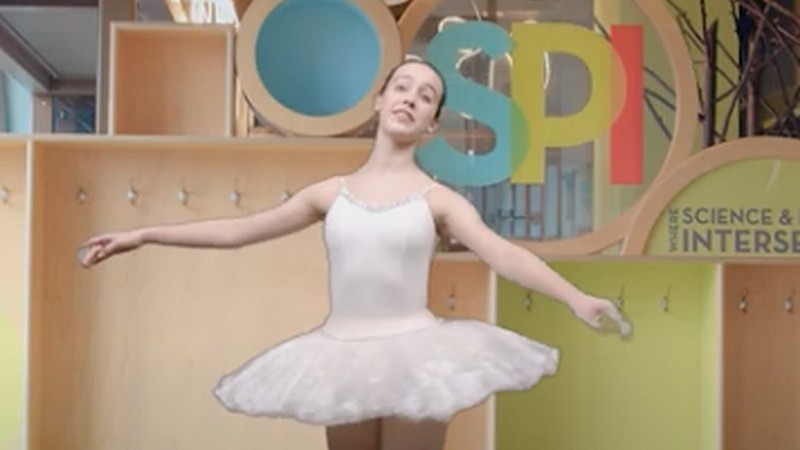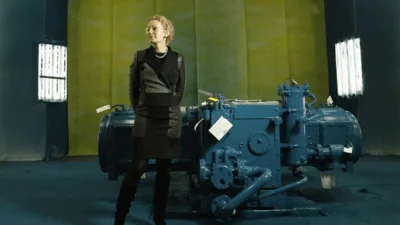MOUNT VERNON – This is a story of two nonprofits groups and how they navigated the COVID-19 pandemic together.
The Central Ohio Youth Ballet’s performances of “The Nutcracker” at the Woodward Opera House was canceled in November and December because of COVID-19.
At the same, Mount Vernon’s Science Play-Space Initiative children’s museum and science center on Main Street has also been closed since March because of the pandemic.
Stephanie Calondis Geiger, executive director of SPI, came up with an idea to combine the teaching of technology and ballet.
Dancers would be filmed in an imaginary audition, and young people and their families would use coding and algorithms to customize the performances; changing the costumes, background scenery and dance sequences.
The ballet sent two dancers — Lucia Burt of Mount Vernon and Nari Oliver of Westerville — to the Wright Center in downtown Mount Vernon.
A filmmaker affiliated with Kenyon College, Cory Claffley-Koller, filmed the dancers in three different sequences and two different costumes. He then used the footage to produce custom-made short films based on the students’ algorithms and scene changes.
“We really try to integrate the arts as often as we can because they are all interconnected,” Geiger said. “This was an example of how we merged those things.”
The families wrote the algorithms on worksheets that were then used to make the dance videos.
The videos based on the algorithms were all different, with each family making different choices based on the options provided. For example, they could have the dancers performing with the Eiffel Tower or a beach in the background.
“Hi Mom,” one student flashed on the screen during the performance.
It was a learning experience for both the students and their parents.
“That’s what we’re all about,” Geiger said. “Family learning, family time together.”
There is still no projected date for when the SPI museum will be reopening.
“You follow the data, the numbers and the guidance, and you make decisions one step at a time,” Geiger said.
Although the museum has lost attendance revenue — which accounts for a third of its income — it has been able to survive with grant funding and budget adjustments, Geiger noted. The nonprofit has held organized outdoor outings in a program called SPI to Go but has not charged for those.
“We make it work but it means that hours get cut; we can do fewer things than we once did,” she said.




.webp)
.webp)
